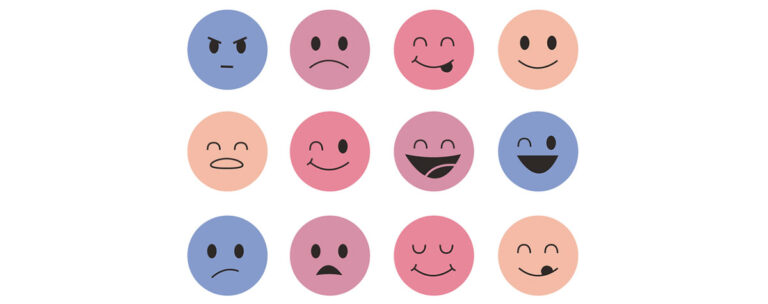
Emojis are now keywords! Social media giant Twitter recently announced a new way for advertisers to target users. Companies will now be able to target ad campaigns based on people’s emoji usage. How do you feel about Twitter adding emojis to their tweeting platform? You might be asking why this matters. Picture this tweet: Or this one: With over 110 billion (you heard us right, billion) emojis tweeted since 2014, emoji rich tweets like these are a common sight. Traditional targeting isn’t very effective here. A phrase like “so ready for” wouldn’t attract much, and what it did target would be vague and inaccurate. Emoji keywords allow marketers to narrow in on their audience’s sentiments and wants. Now advertisers can know exactly what a “girls night” means to this user. With emoji keywords, Dominos can place an ad in this user’s feed, RedBox could send them a coupon and Franzia could request to follow them. Not only do emoji keywords hone in on what a user wants, but they also allow marketers to gain a more complete view of a tweet. The phrase “we have some exciting news” alone doesn’t point advertisers to anything. Neither does the vague hashtag #ComingSoon. But with Twitter’s new targeting tool, potential advertisers can see the real meaning of this tweet, because Emoji keywords remove the blind spots. Now, Pampers and Gerber can target this user, instead of the Grand Cinemas or the New York Times

In any business; restaurants, coffee shops, bakeries, cafes, it’s very important to know how customers perceive you and your products. This is because you would want to create a good impression so you can easily get these people to buy from you. According to a study conducted by Conversion, 54% of millennials said they stopped doing business because of poor customer service. Additionally, 50% of Gen Xers and 52% of baby boomers felt the same way. Any business requires customer engagement, customer loyalty and customer satisfaction to enhance its growth. I doubt that anyone gets up in the morning to say, “I’m going to provide terrible service today.” In fact, the intention usually is to provide good service but somewhere during the actual interaction with customers; we lose that sense of commitment to create an emotional connection and provide an excellent service during each interaction. Here are some things to keep in mind when you are in the process of providing service. Remembering these will help you maintain a high level of service with the understanding that you can’t please everyone. Listen to each customer – You can’t provide excellent service to anyone if you don’t take the time to listen to what the customer is saying. Customers say things and however subtle or incredibly loud it is; you will need to pause and listen to get the message. They are giving you information that you can use to direct you to satisfy their needs. There’s nothing as damaging as not listening and providing products and services that they don’t want or want in the way you are providing them. Act promptly – There’s no point in getting customer feedback if you aren’t prepared to act on the results. If the results show that you need to make a change to how you provide a service or […]
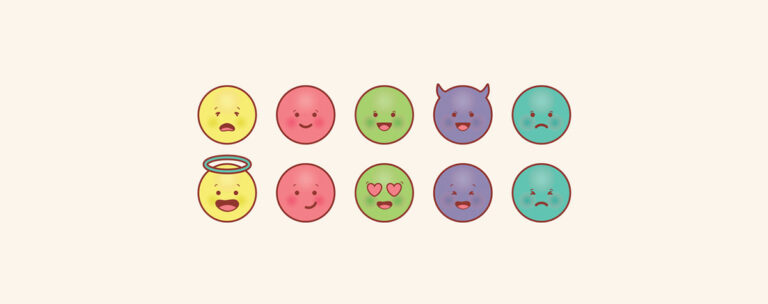
In case you missed it, World Emoji Day was July 17th. Yes, in a world where there is an official “day” for just about everything, World Emoji Day is the one day of the year where one is encouraged to go overboard to promote the use of that beloved emojis and spread the enjoyment that they bring to our lives. The first emoji was created in 1999 in Japan by Shigetaka Kurita, an engineer working on NTT DoCoMo’s i-mode mobile Internet platform. He was inspired by TV weather forecast symbols, Chinese characters, street signs, and Manga style comics that used stock symbols to express emotions. World Emoji Day was created by Emojipedia founder Jeremy Burge in 2014 and Emojipedia is the official custodian of this global day. As a backgrounder, July 17 is the date marked on two emoji keyboard symbols—the calendar and the notepad. It was on this day that the iCal bearing that date was launched at MacWorld Expo in 2002. Last year a wide range of companies adopted emojis in their social media campaigns, including Dominos Pizza, the World Wildlife Fund, and IKEA. Big brands like NASCAR, Victoria’s Secret, the Smithsonian Museum and Disney incorporated emojis into their 2015 product or service offerings to coincide with World Emoji Day. Brands such as Coca-Cola, Spotify, and Starbucks (to name a few) have each paid Twitter over $1 million for custom emoji designs for their ads.
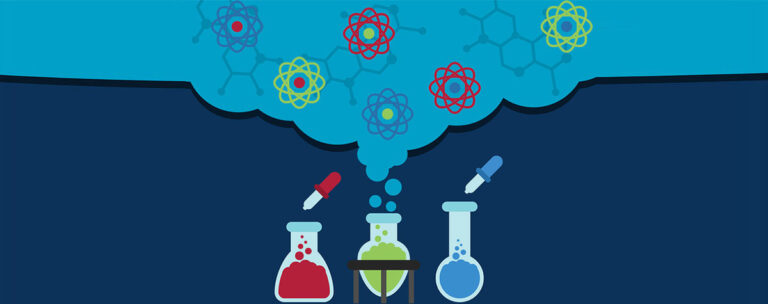
For years, people have struggled to define and categorize emotions. Emotions are illusive, ever-changing and completely intangible. To solve the mystery, scientists have begun to study emotions, and it has raised some interesting discoveries. Here are 5 interesting facts about the science behind emotions: 1. You can actually see emotions Well, in a sense. Studies have shown that people across different cultures and other demographics “feel” emotions in the same way. A recent study asked participants to map out where on their bodies they felt emotions. For example, anger activated people’s arms and chest, whereas depression added weight people’s legs. The participants’ maps were shockingly similar. Interested in this study? The researchers have put it online for you to take part in here. The map of participants’ emotions. There was nearly complete overlap. 2. There are really only four emotions Building on Robert Plutchik’s famous Wheel of Emotions, recent studies have reduced the emotional spectrum to four “umbrella” emotions: happy, sad, angry/disgusted, and afraid/surprised. Similar to Plutchik’s wheel, which has all emotions building on eight base emotions, this new theory says that we only have four biological responses to stimulants. These responses trigger facial expressions, changes in pulse, and bodily reactions in only four different ways. The wide range of emotions that we know and have experienced is just an evolution of one of the basic emotions. Plutchik’s Wheel of Emotions 3. Stomach butterflies exist (sort of) We’ve all had that feeling. Nervous for a presentation or excited for a date. Our stomach flutters in a feeling that can only be described as “butterflies.” Obviously there are no butterflies flapping inside of our stomachs, but emotions like excitement or nervousness actually does trigger a physical sensation in our stomachs. The “fluttering” feeling actually is the sudden loss of blood flow in your stomach as your body races to release […]

Below is Emojot’s webinar- How Brands are Using Emojis and How You Can Too! If you have any questions about the webinar please don’t hesitate to contact us, we’re happy to answer them for you. If you are interested in viewing the data behind the information given in the webinar, you can view through these links: Creation of the Emoji “Emojis are effective because they convey a universal emotion or feeling in a simple, concise manner” 75% of male emoji users and 84% of female emoji users say that emojis express their feelings more accurately than words. Emoji have come to embody a core aspect of living in a digital world that is visually driven, emotionally expressive, and obsessively immediate. “Emojis allow you to enter consumer-to-consumer conversations in an utterly unobtrusive, organic way.” 92% of online consumers use emojis Campaigns with purely emotional content performed about twice as well (31% vs.16%) as those with only rational content In other words, emoticons can still convey an emotion despite no cognition of seeing an actual face
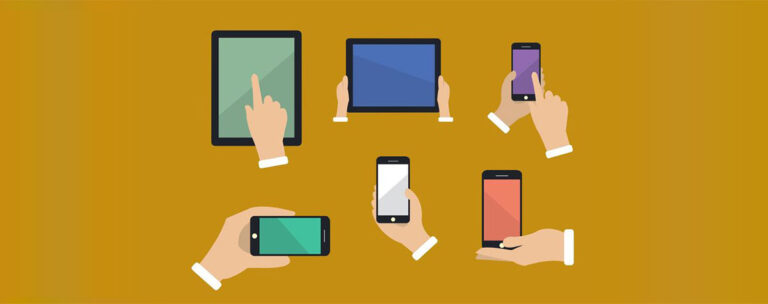
After a long day at the office, we’ve all felt that need to sit back, kick off our shoes, and watch our favorite TV series. Or so we think. How long into an episode does it take before you pull out your phone to send out a tweet or to check Facebook? Or maybe you might pull out your tablet to look up the actor you just saw, new TV series, or check email. This phenomenon, of consuming content on a primary device (a television) while simultaneously accessing contextual information on a second device (smartphone or tablet) is termed the “Second Screen”, and it’s something that has become increasingly popular. Do you use a second screen while watching tv? While second screen use can refer to video gaming as well, it’s most commonly associated with the use of televisions. It’s just something we do now, especially with the easy availability of devices and the abundance of content available online. If you are watching sports on the television, you will find it really easy to check player information, stats and leaderboards in real time online. You will also be interacting with friends and followers on Facebook or Twitter, sending messages and posts back and forth about the match you are watching. It’s an amazing level of integration and interaction between what you are watching, what you are accessing on demand, and who you share the experience with. Second screening is taking our consumption of entertainment content to a whole different level. In this case, however, the consumer is several steps ahead of the content producer in sophistication. How often do you share your experience on social media whilst watching tv? A Nielsen report in 2012 says that 84 percent of mobile owners use their tablet or smartphone while watching TV at least once […]
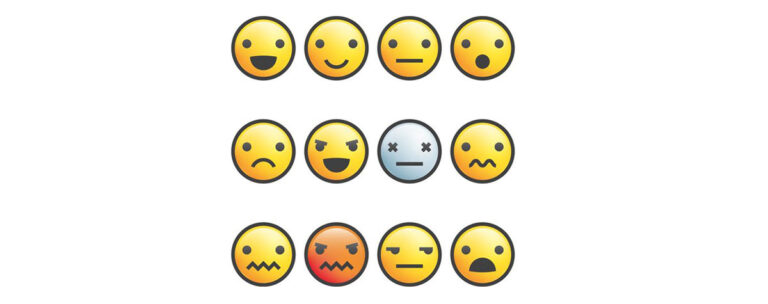
The days of communicating with each other using plain old text alone are long gone. Plain text never was quite enough for us. Even in the good old days of Nokia 3310s and a 160 character SMS limit, we’d still find a way to string characters together to form images. It’s the way we are built. We are visual creatures. 30% of our brains are engaged in processing visual information and this has resulted in 63% percent of social media being made up of images. We just connect with images better, whether they are worth a thousand words or are just pictures of grumpy cats. They are more emotionally appealing to us, and we use them to express emotion better- for what is communication without the emotion? It is just plain difficult to express nuance of emotion with text alone. How can you know if someone is being completely serious or tongue-in-cheek without the visual cues that come with face to face conversation? It would be tedious to have to describe your intention every time you typed something, not to mention a complete waste of space. How important is it to speak with pictures(emojis) to express exactly how to feel? [emojot type = “button” size=”small” key=”5770bdd408a69b2050a9764f” id=”5770bba70409e08c75a46b04_5770d7880409e08c75a46b1f” clientid=”f94_CMbTqFr0bsAIgoHD5PHe4V8a” clientsecret=”Hf5VbRwNRbmt7Bfg3dOyAkILAH4a”] Emojis are pictographs created by the Japanese in the late 1990s. They come from the Japanese words for “picture” and “character” and were used to denote common expressions people made and things they were familiar with. It was genius. Emojis enabled whole new levels and nuances of communication that were just not available before. There’s a whole generation of people, who grew up with online messaging platforms like Yahoo! and MSN Messenger for whom emojis and emoticons are a second language. In fact, according to Professor Evans of Bangor University, emoji […]







